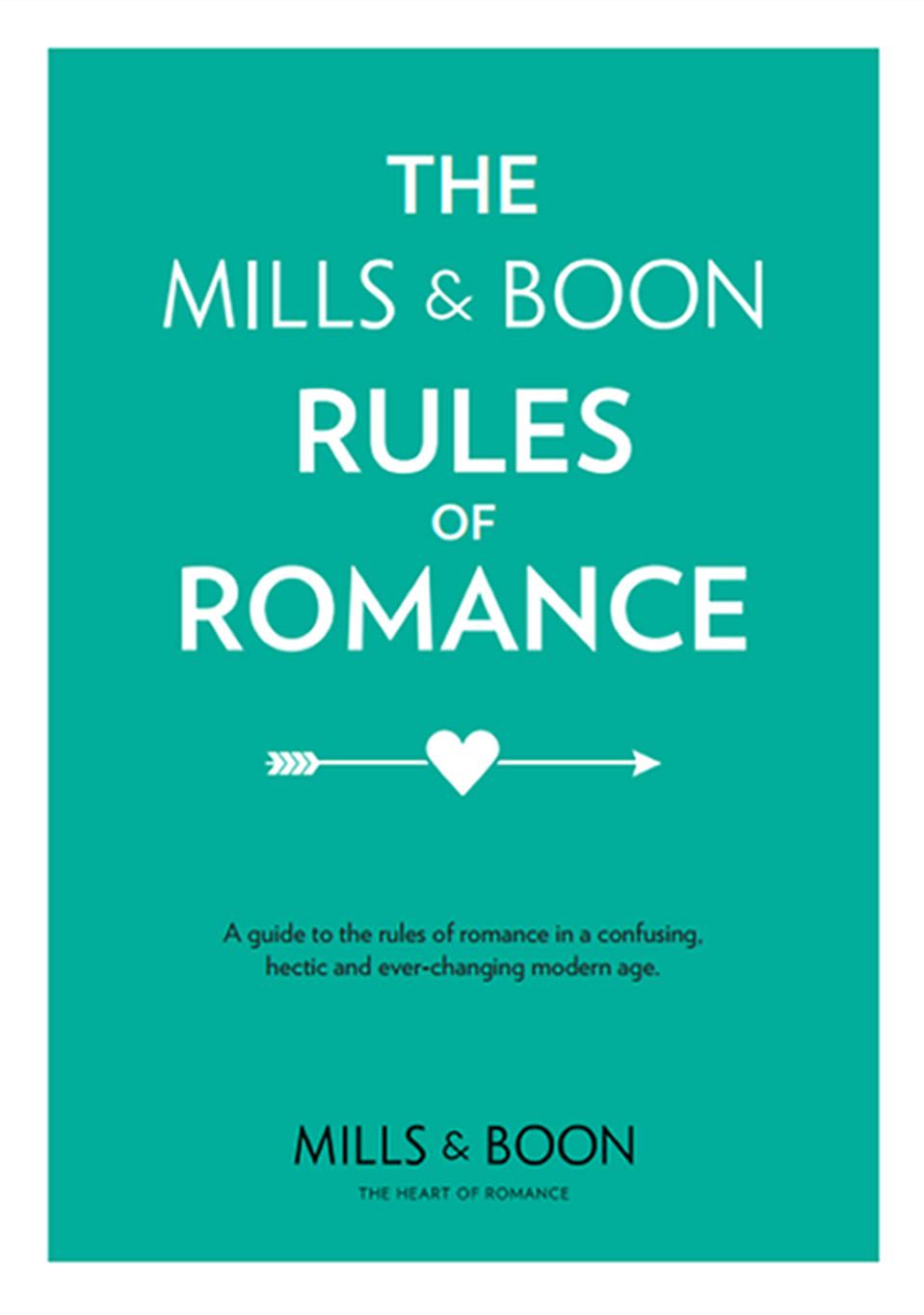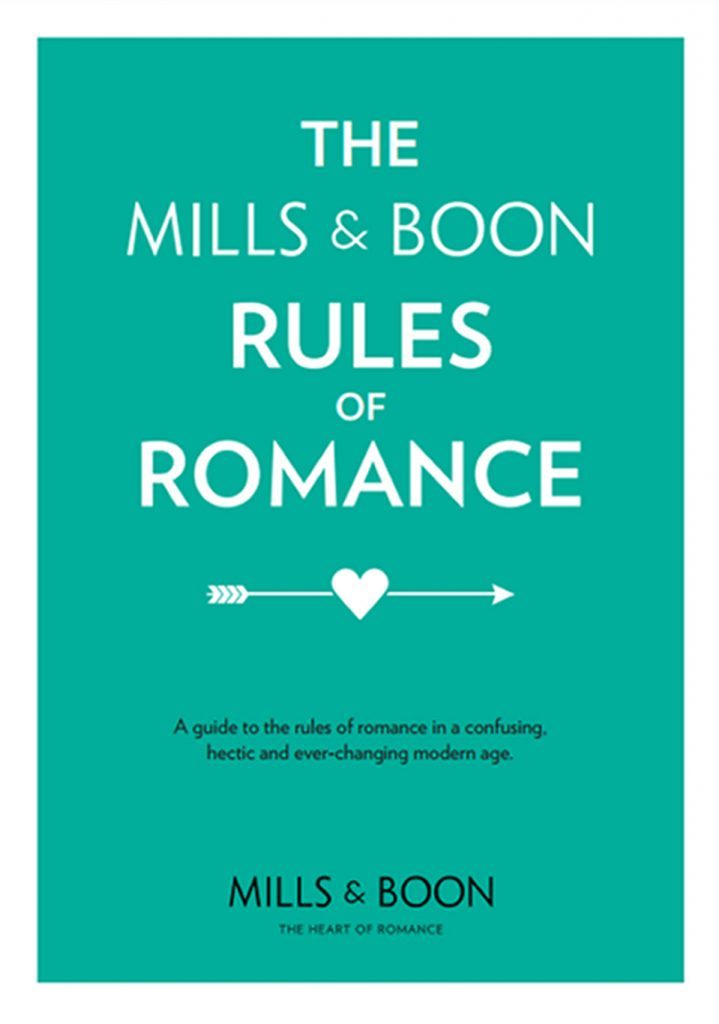
ROMANTIC fiction publishers Mills And Boon have launched a guide to romance in the “digital age”.
According to the publishers, “the definition of romance and what being romantic means is no longer clear”.
They said today’s relationship rules were “very different” and that “finding the perfect partner, living with them and staying together is a more complex achievement than ever before”.
Mills and Boon urge readers: “Use emojis wisely. There’s nothing romantic about a digital prawn, aubergine or the one of the guy sword fighting.”
The publisher adds: “FaceTime can be fun – but just remember a camera sees more than just you. So do tidy that room.”
And they also warn about email, saying: “There’s nothing, nothing, worse than an Outlook calendar invite to your date.”
According to research, “mobile phone addiction” and having the phone at the dinner table is the “top passion killer”.
More than half (59%) of those polled said they were bewildered by what it means to be “romantic” in 2018.
But the top romantic gestures were deemed to be holding hands, followed by having a cuddle and buying a surprise gift.
Over a third (37%) of 18-24 year-olds do not think that traditionally chivalrous acts – such as standing at a table when your partner arrives – have a place in the modern world.
More than half (52%) said they communicate most with their partner digitally on social media, text, WhatsApp, video chat and even emojis, compared to 46% who say they communicate most in person.
Lisa Milton, executive publisher of Mills And Boon, which published the guide to celebrate its re-brand, said: “With so many people either worried or confused about romance in the modern era, it is clear they need a little gentle help with affairs of the heart…
“We have seen how notions of romance have changed in a digital era but also how many age-old gestures remain the epitome of romance.”

Enjoy the convenience of having The Sunday Post delivered as a digital ePaper straight to your smartphone, tablet or computer.
Subscribe for only £5.49 a month and enjoy all the benefits of the printed paper as a digital replica.
Subscribe